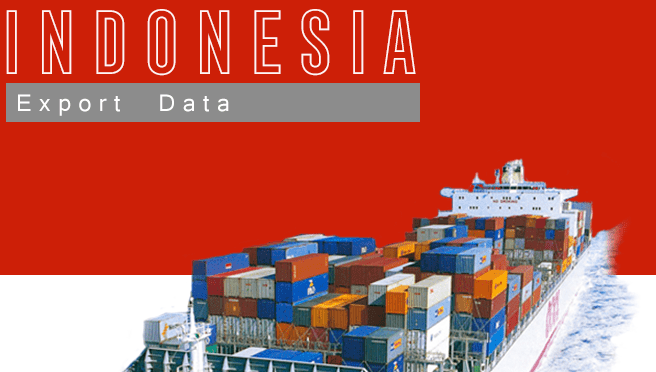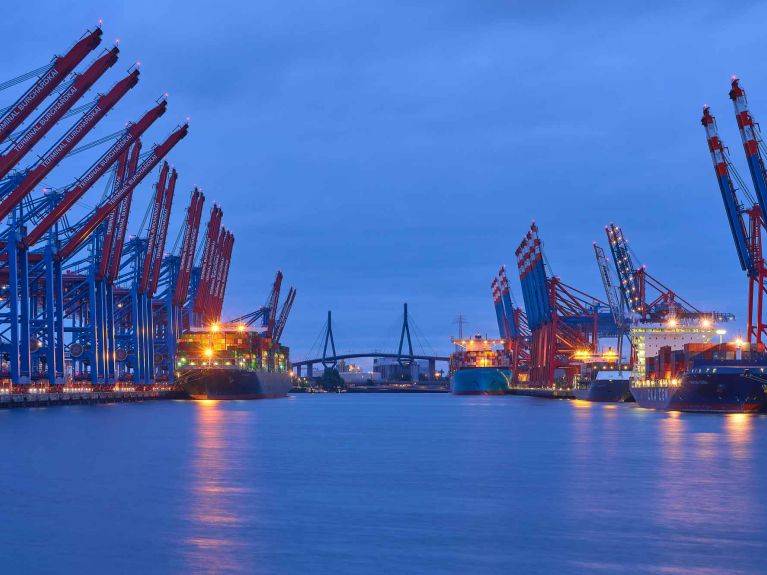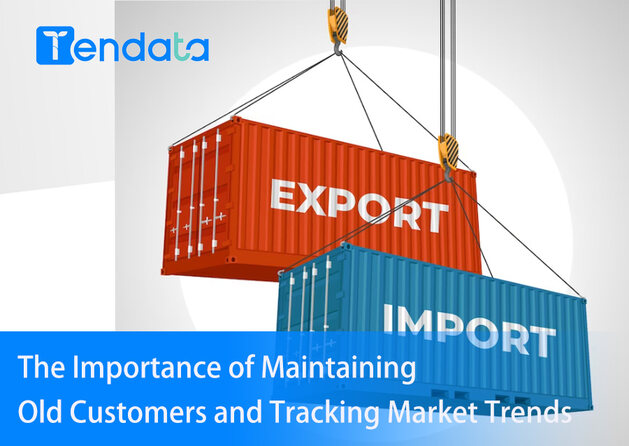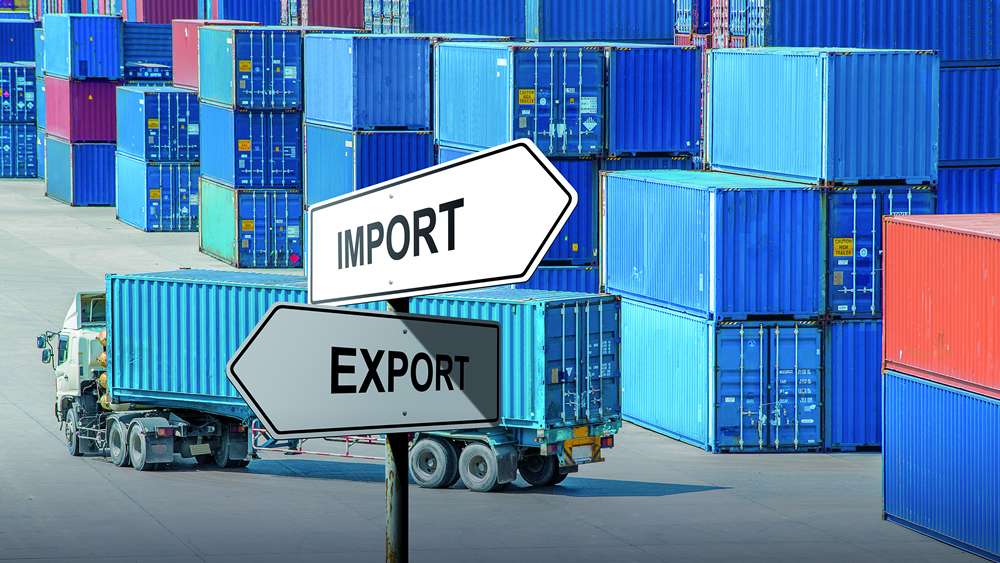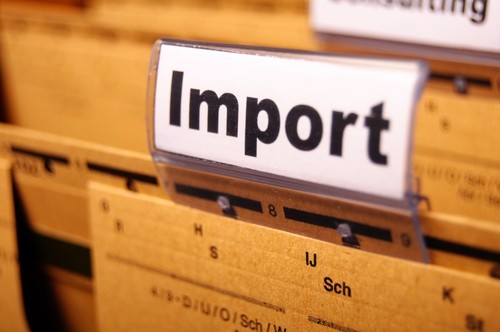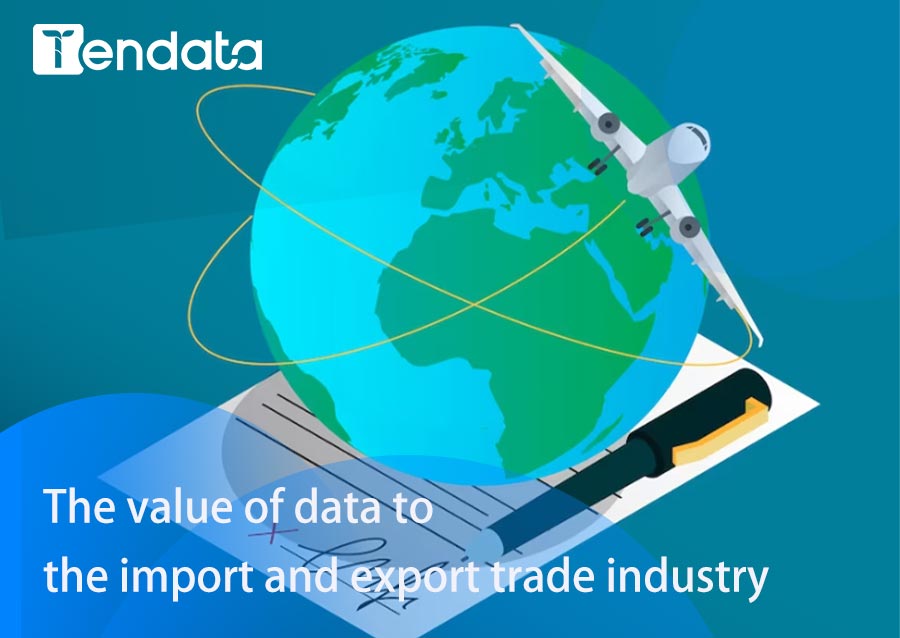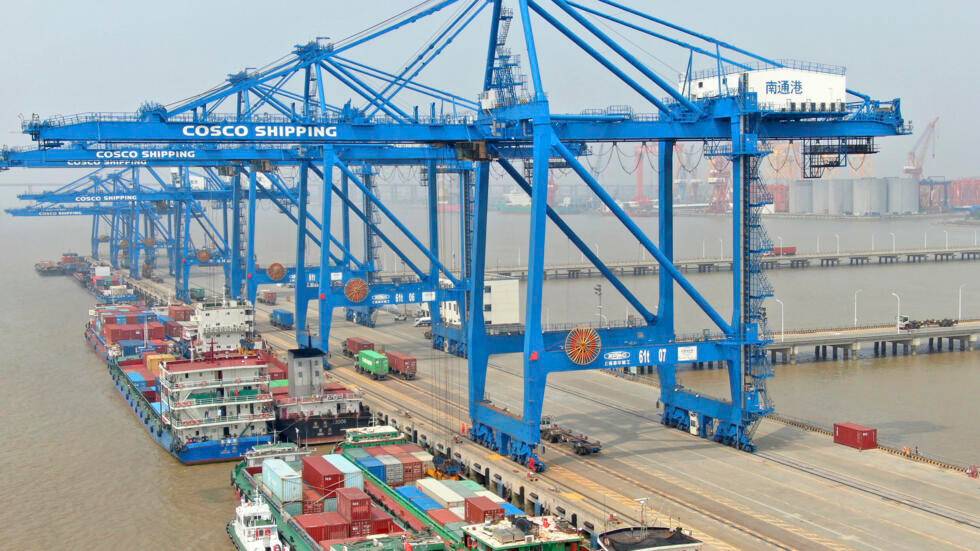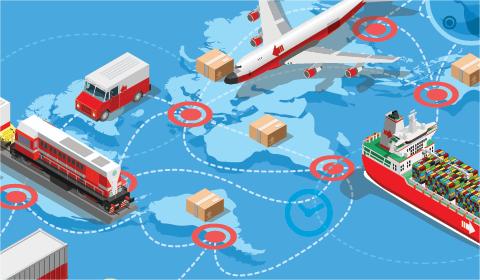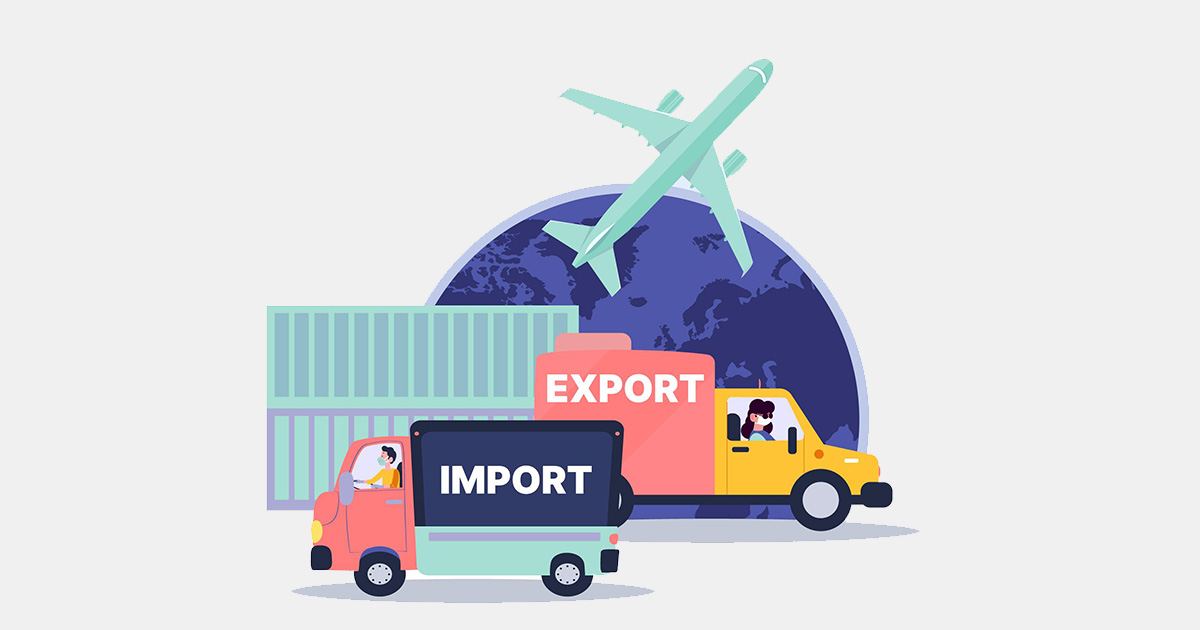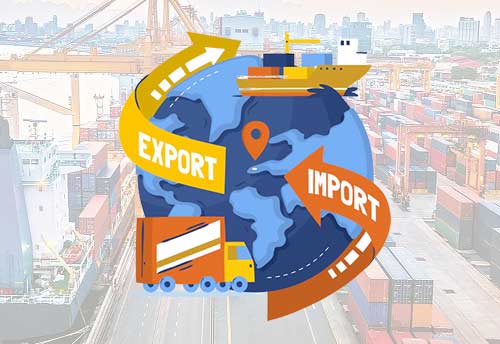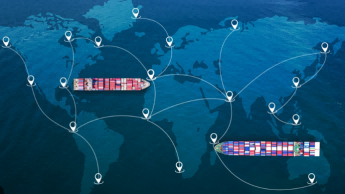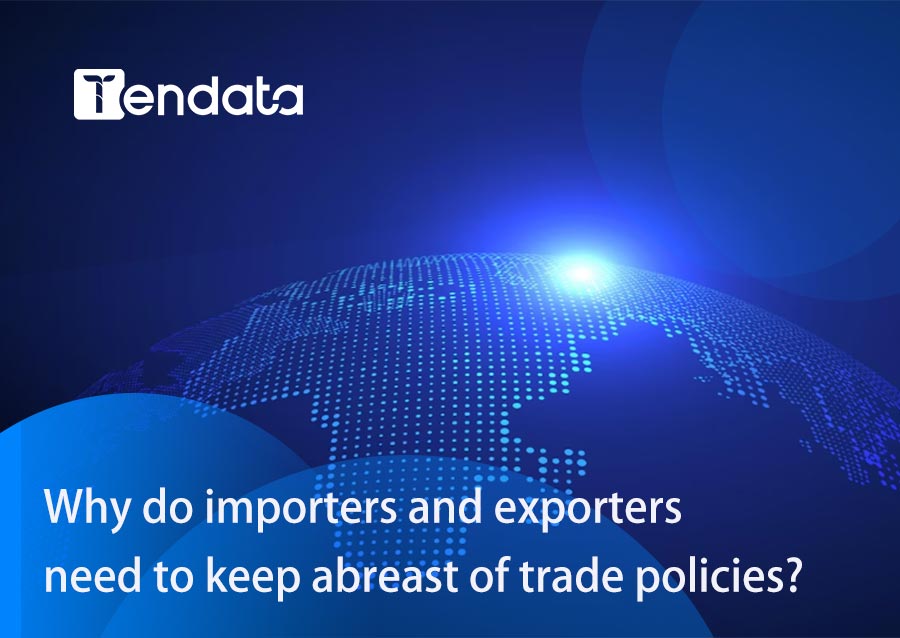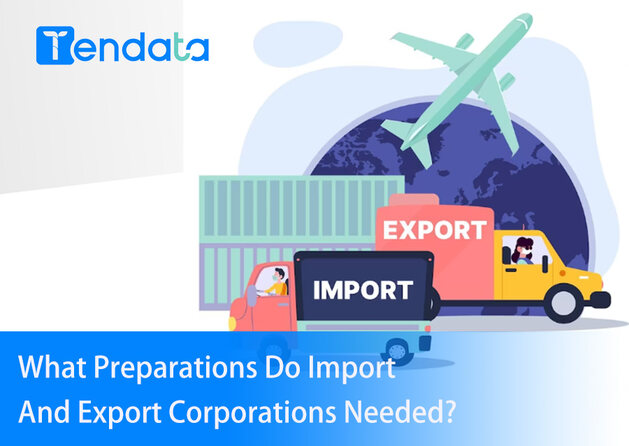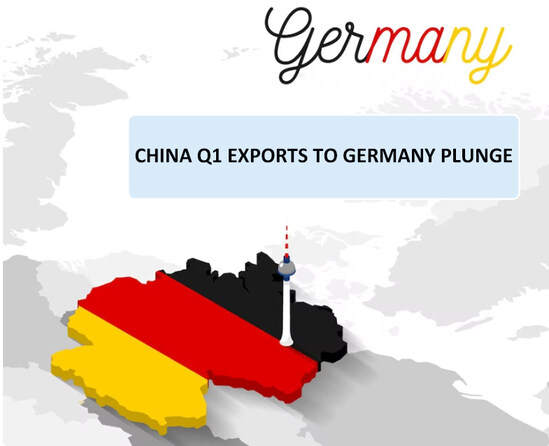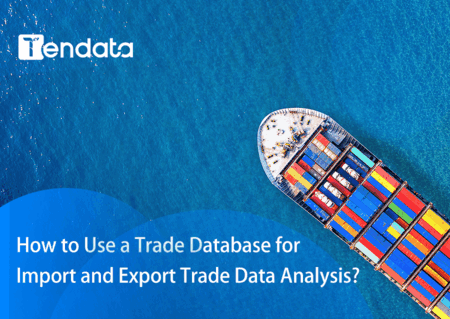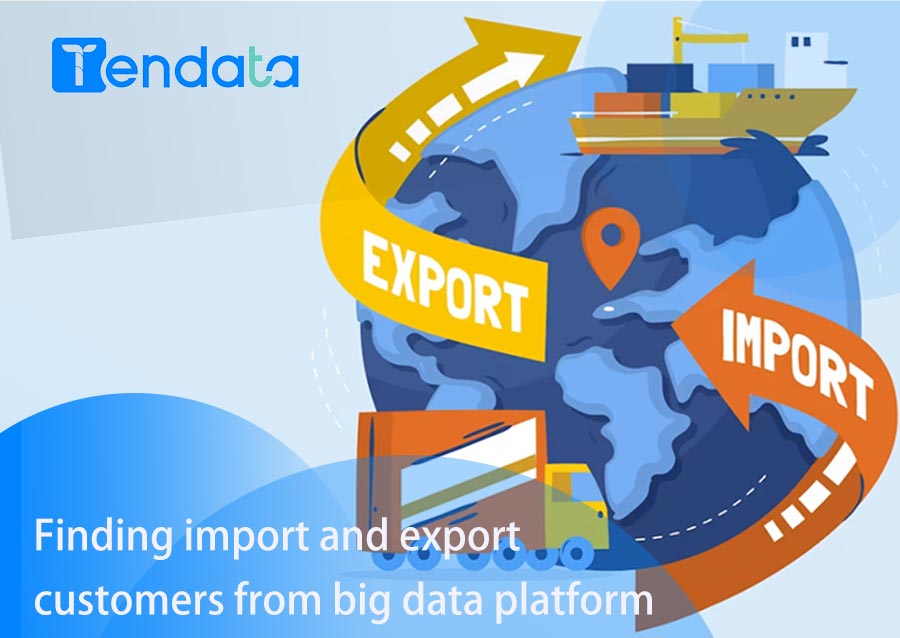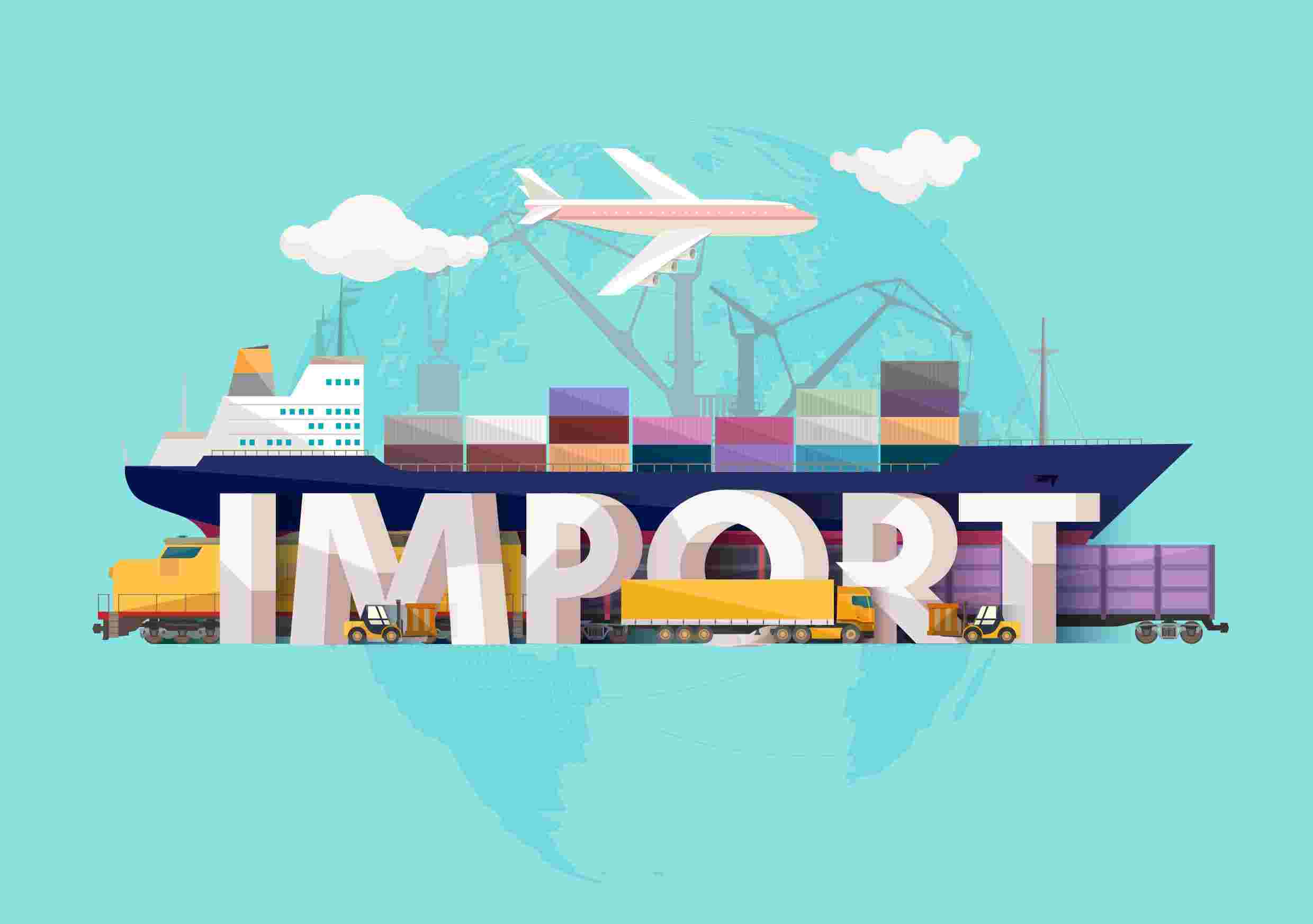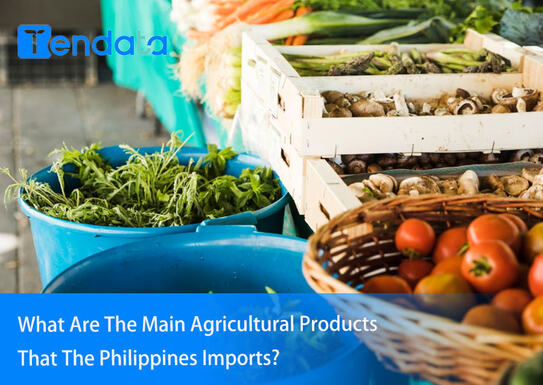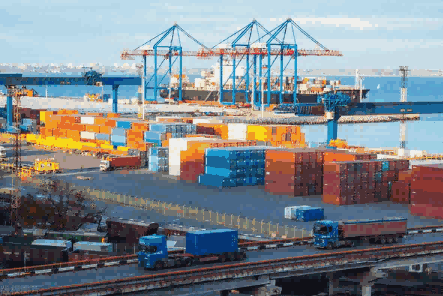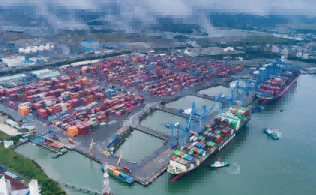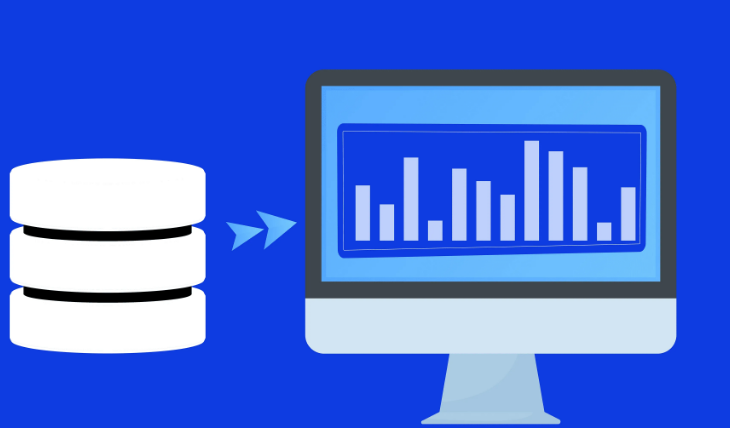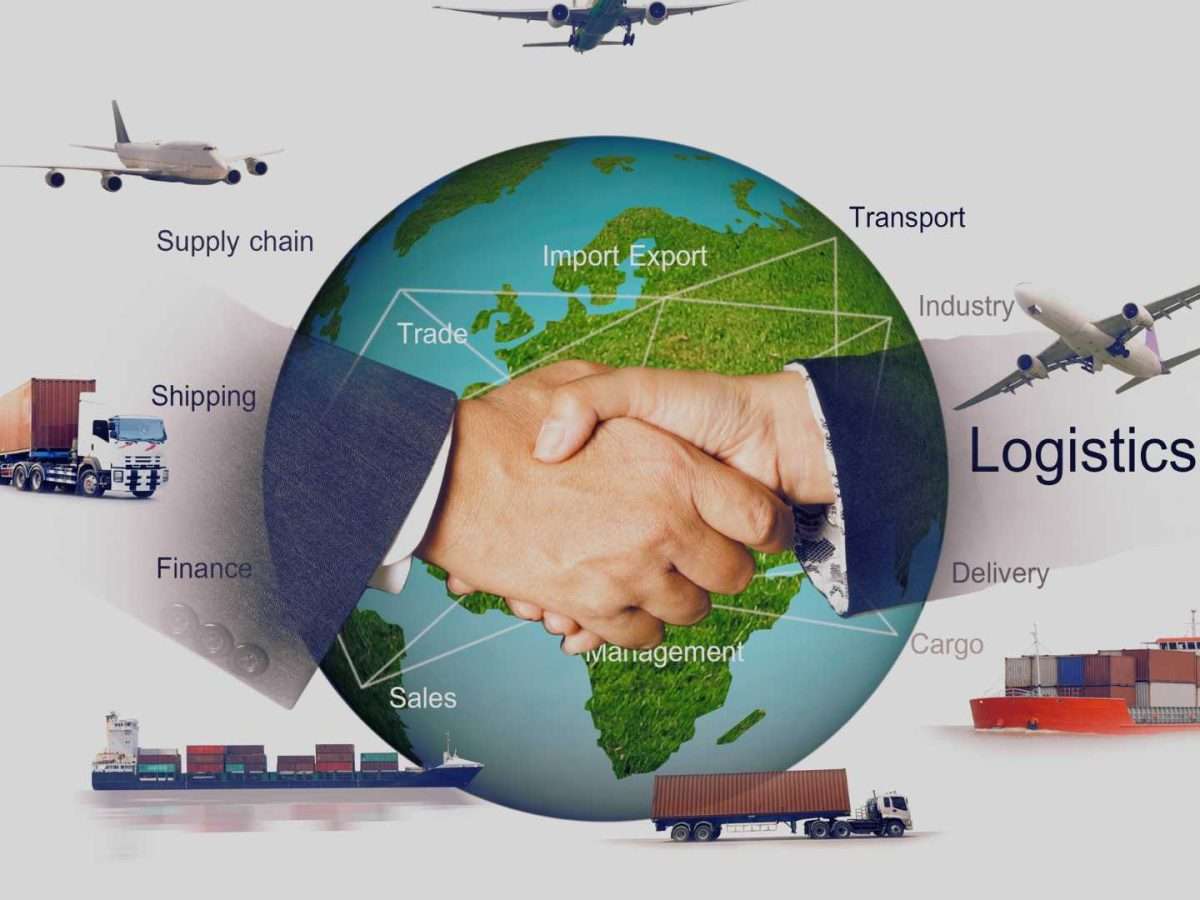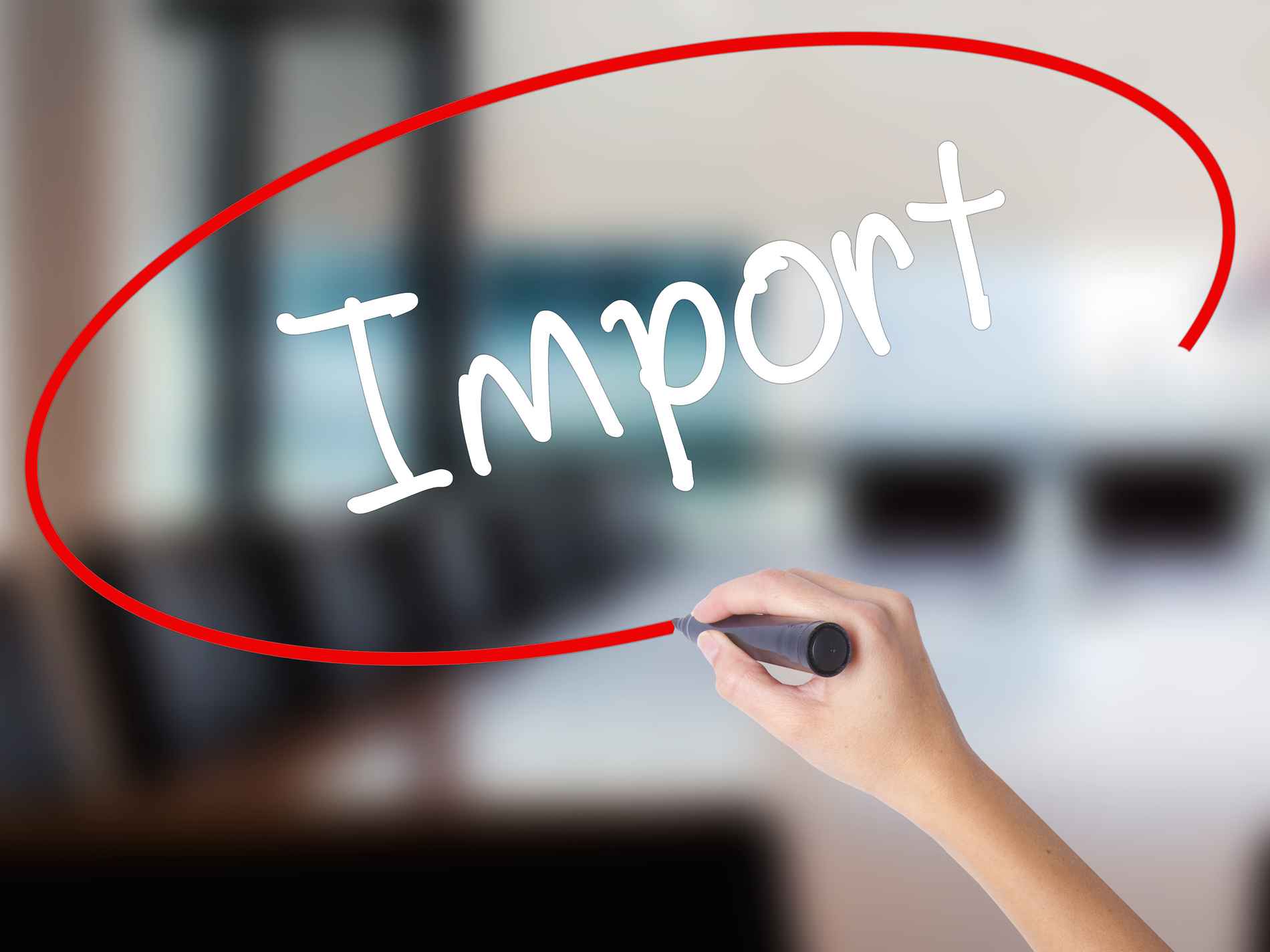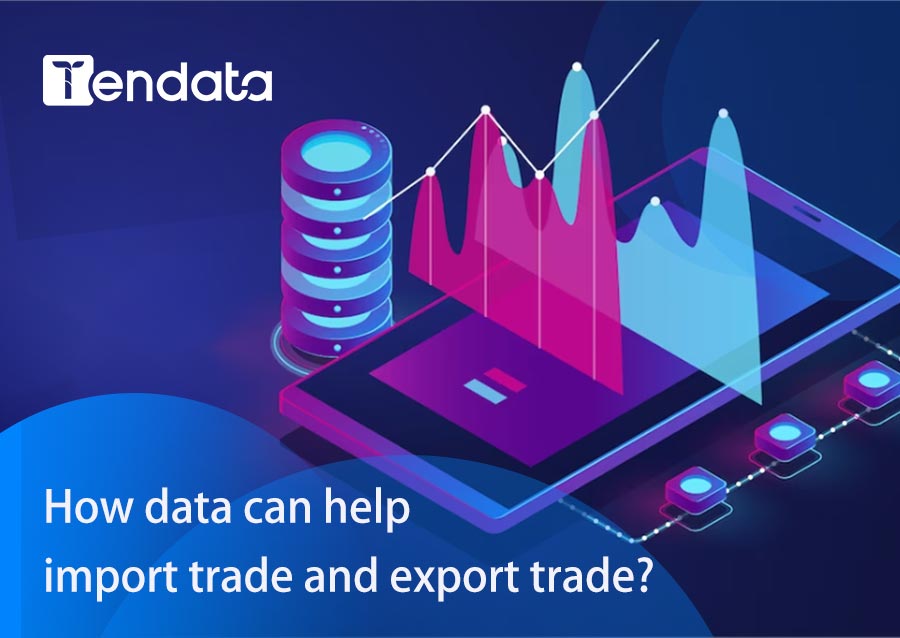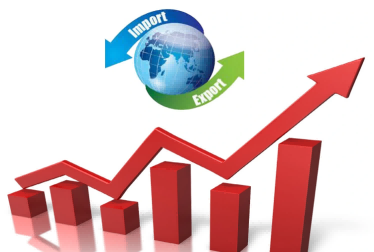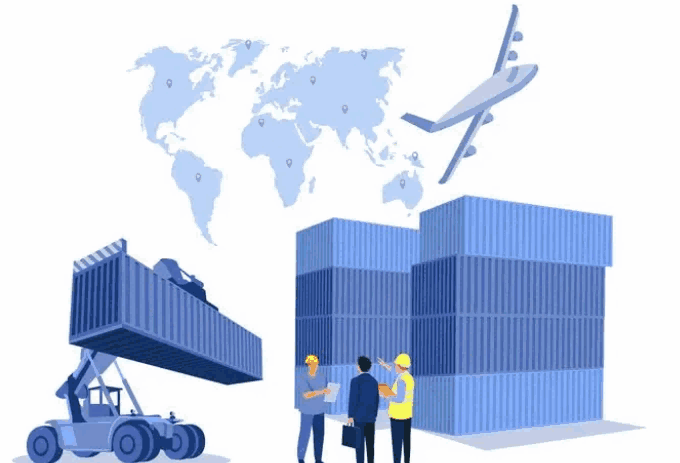 Trade Data
Trade Data
 2025-06-19
2025-06-19
Vietnam, one of Southeast Asia's fastest-growing economies, plays a critical role in global trade. This article offers a step-by-step guide to analyzing Vietnam's importers and exporters, providing valuable insights for businesses looking to enter or expand in this dynamic market.

1. Understanding Vietnam's Trade Landscape
Key Import and Export Sectors:
Exports: Vietnam's primary exports include electronics, textiles and garments, footwear, machinery, and agricultural products like rice, coffee, and seafood.
Imports: The country mainly imports machinery, equipment, raw materials, and petroleum products.
Vietnam has signed several trade agreements, such as the Comprehensive and Progressive Agreement for Trans-Pacific Partnership (CPTPP) and the EU-Vietnam Free Trade Agreement (EVFTA), which have further integrated it into the global market.
You can use Vietnam's trade data (available from sources such as the General Statistics Office of Vietnam or international trade databases like UN Comtrade) to understand the volume, frequency, and direction of trade. >>>> Entry to Get Vietnam's Trade Data <<<<<
2. Identifying Key Data Sources for Trade Analysis
Customs Data: offers detailed insights into trade flows, listing goods imported and exported, their values, and country of origin/destination. This data is essential for identifying the top companies in specific sectors.
Company Databases: Platforms like Tendata, Kompass, and Dun & Bradstreet can provide detailed company profiles of top importers and exporters in Vietnam, their market share, and financial performance.
Trade Portals: Websites like VietnamTrade.gov.vn often list trade statistics and import/export opportunities by sector, helping businesses identify potential partners.
Industry Reports: Detailed reports from organizations like World Bank, OECD, and Vietnam's Ministry of Industry and Trade give industry-specific insights on Vietnam's trading activity.
3. How to Identify the Top Importers & Exporters in Vietnam
Sector-Based Search: Focus on key industries (e.g., electronics, textiles, agriculture).
Company Size & Market Share: Larger firms may be better suited for strategic partnerships, while SMEs could provide niche opportunities.
Data Points to Gather: Tracking company name, trading volume, product categories, and key partners.
Example: Mention major Vietnamese exporters like Samsung Electronics Vietnam and Vingroup as case studies.
>>>> Find Vietnam's Importers and Exporters <<<<<
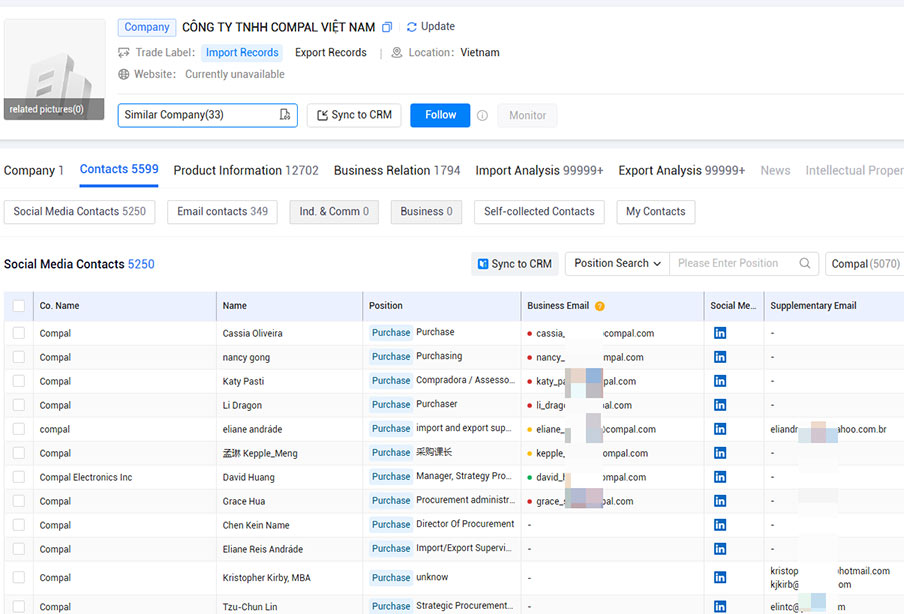
4. Using Data for Strategic Decision-Making
Market Entry: Use data to identify potential partners or markets for entry. Example: Find sectors where demand for Vietnamese goods is growing.
Supply Chain Optimization: Leverage import/export data to streamline operations and find cost-effective suppliers.
Competitive Analysis: Study competitors' trade volumes and identify market gaps.
Real-World Example: Show how an exporter might use data to target the booming Vietnamese electronics market.
5. Essential Tools for Analyzing Vietnam's Trade Data
TradeMap: Mention as a tool for global trade statistics.
Vietnam Customs Data: Discuss the reliability of official customs data. >>>> Entry the website <<<<<
Tendata: Introduce Tendata as a powerful tool for tracking import/export data and company profiles.
Other Platforms: Mention other helpful databases and tools for gathering trade insights.
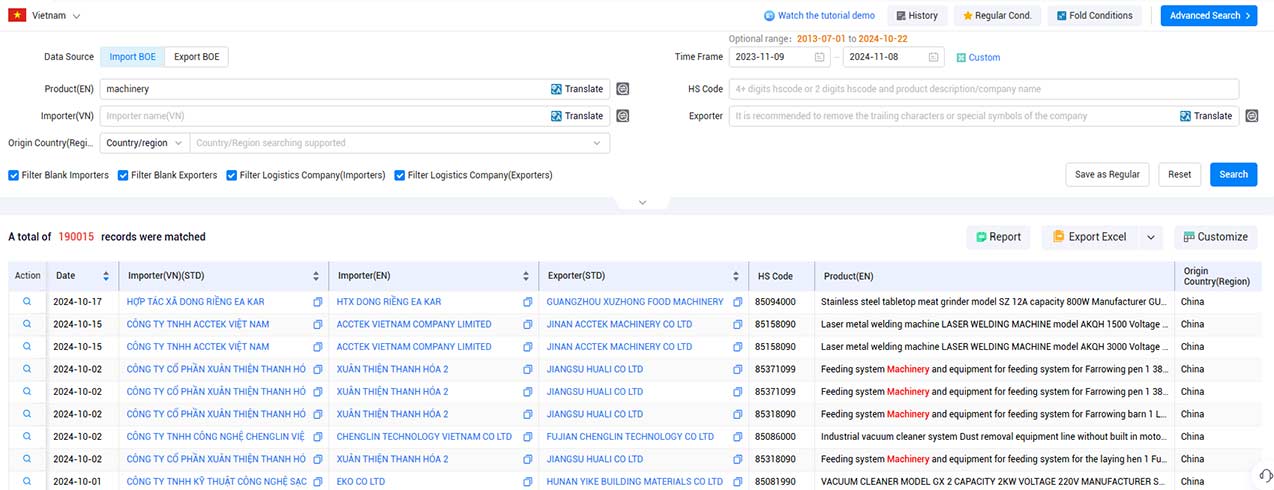
Maximizing Your Strategy for the Vietnamese Market
Understanding the behavior of Vietnam's importers and exporters provides a solid foundation for strategic decision-making. By analyzing market data, identifying key players, and keeping up-to-date with trade trends, you can position your business effectively in Vietnam’s rapidly expanding economy.
Start by utilizing the recommended tools and data sources to uncover business opportunities, optimize your supply chain, and gain a competitive edge. As Vietnam continues to integrate into the global economy, the opportunities for trade will only grow, making it an exciting market for businesses worldwide.
FAQ Section
Q1: Where can I access Vietnam's trade data?
A1: Government portals, trade statistics platforms, and company databases like Tendata.
Q2: How can I find top Vietnam's importers and exporters ?
A2: Use databases like Kompass and Tendata, along with trade data from customs sources.
Q3: What sectors should I focus on?
A3: Electronics, textiles, agriculture, and machinery are high-growth sectors in Vietnam.

Category
Leave Message for Demo Request or Questions


 T-info
T-info T-discovery
T-discovery

 My
Tendata
My
Tendata Market Analysis
Market Analysis Customer
Development
Customer
Development Competitor
Monitoring
Competitor
Monitoring Customer Relationship
Customer Relationship







